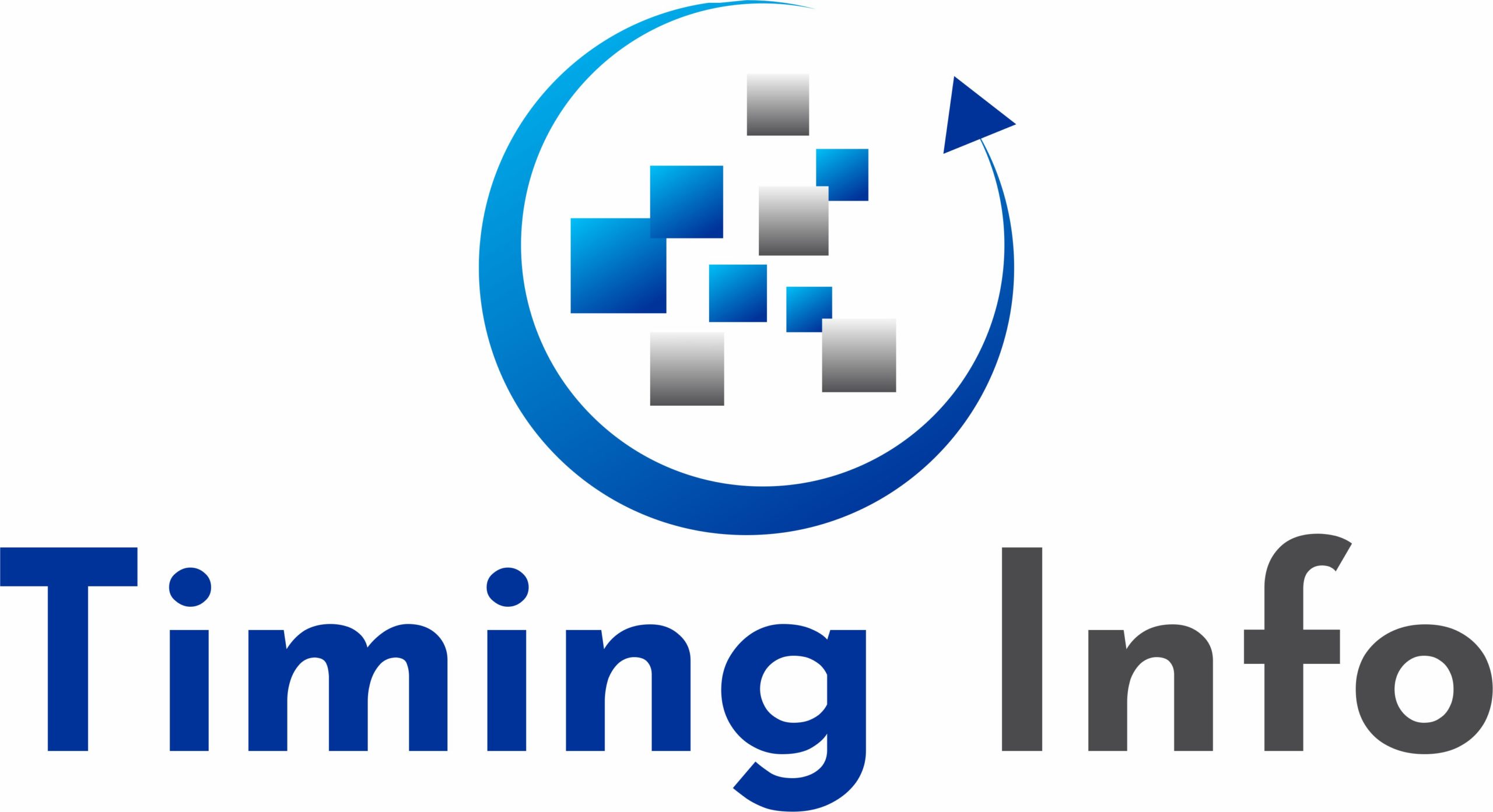In today’s fast-paced digital landscape, efficiency is key for any developer, especially .NET developers. With the increasing demands for faster application development and deployment, it is imperative that developers leverage the right tools. The right tools not only streamline workflows but also enhance productivity, allowing developers to focus on creating robust applications.
This blog post will explore some of the essential tools that can help .NET developers enhance their efficiency. We will delve into integrated development environments (IDEs), version control systems, package managers, and other crucial resources that are transforming how developers work.
Ultimately, the goal is to help business owners understand how these tools can lead to better software solutions and improve team collaboration. Let’s dive into the world of .NET development tools and discover how they can make developers ten times more efficient.
Integrated Development Environments (IDEs)
At the forefront of development efficiency is the Integrated Development Environment (IDE). An IDE combines multiple development tools into one application, enabling developers to write, test, and debug their code in a single environment. For .NET developers, Visual Studio stands out as the premier IDE.
Visual Studio offers a suite of features that simplify the development process, including IntelliSense for code completion, debugging tools, and extensive support for various programming languages. This IDE also integrates seamlessly with cloud services, allowing for more streamlined deployments. Furthermore, its extensive ecosystem of extensions allows .NET developers to customize their environment to suit their specific needs.
Another noteworthy option is JetBrains Rider. This cross-platform IDE is gaining popularity among .NET developers due to its performance and intelligent code analysis features. Rider provides similar functionalities to Visual Studio, but its response time is often deemed faster, which can significantly improve workflow.
By choosing the right IDE, developers can reduce coding errors and increase the speed of their development processes. This means more projects can be completed in less time, ultimately benefiting businesses looking for timely software delivery.
Version Control Systems
Version control systems play a critical role in modern software development. They allow developers to track changes in their code, collaborate with team members, and manage different versions of their software efficiently. For .NET developers, Git is the most widely used version control system, thanks to its flexibility and robust feature set. If you’re looking to hire ASP .NET programmers, ensuring they have expertise in version control systems like Git is crucial for seamless development and collaboration.
Using platforms like GitHub or GitLab, .NET developers can collaborate effectively, pull requests, and review code with ease. These platforms also offer continuous integration and deployment (CI/CD) features that further streamline the development process. Teams can automate their workflows, ensuring that code changes are tested and deployed without requiring extensive manual intervention.
In addition to Git, tools like Azure DevOps provide an ecosystem for not only version control but also project management and reporting. With Azure DevOps, developers can connect their version control systems to boards and pipelines, creating a fully integrated workflow that enhances efficiency.
Integrating a version control system into your development process can save time and reduce stress. Developers can focus more on writing code and solving problems instead of managing files and versions. This organizational tool is indispensable for ensuring project success.
Package Managers
Package managers are another essential tool that significantly increases .NET developer productivity. They allow developers to automate the process of installing, upgrading, configuring, and removing software packages. The two most useful package managers for .NET development are NuGet and NPM.
NuGet, in particular, is tailored specifically for .NET applications. It simplifies the process of managing dependencies, ensuring that developers can quickly add the libraries they need without manually handling the complexities of file management. This is crucial for maintaining clean project structures and promoting code reusability.
On the other hand, NPM (Node Package Manager) is especially important for .NET developers integrating JavaScript libraries into their projects. With NPM, developers can swiftly manage front-end frameworks and other related tools, thus enabling a more seamless development experience.
This combination of NuGet and NPM allows developers to build applications more efficiently and enables faster troubleshooting by reducing compatibility issues. They can also easily stay updated with the latest technologies and libraries, which is crucial in a rapidly evolving industry.
Testing and Debugging Tools
Testing and debugging are vital aspects of the software development process. They help ensure software quality and performance. For .NET developers, tools like NUnit and xUnit are invaluable for unit testing. Both frameworks allow developers to write test cases for their code and run them quickly, enabling immediate feedback on code quality.
Debugging tools integrated into IDEs like Visual Studio also enhance developer efficiency. With its intuitive debugging features, developers can set breakpoints, watch variables in real-time, and step through their code line by line. These capabilities save time and reduce the frustration associated with identifying and fixing bugs.
Beyond unit testing, test automation tools such as Selenium can elevate the testing strategy. Selenium enables developers to automate web application testing, thereby freeing up resources for other development tasks. Automated tests can run continuously, ensuring that any new code integrates well with existing code and doesn’t introduce new errors.
Utilizing these testing and debugging tools encourages a more efficient workflow. Developers can minimize the time spent squashing bugs and instead allocate resources to crafting more effective solutions and features.
Development Frameworks
Choosing the right framework is equally crucial in increasing developer efficiency. ASP.NET Core has emerged as the go-to framework for building web applications due to its versatility and performance. This modern framework allows developers to create high-quality, scalable applications with minimal overhead.
The modular nature of ASP.NET Core simplifies the development process. Its dependency injection capabilities streamline configuration management, which means developers can focus on creating features rather than trying to manage and configure middleware and dependencies. With features like Razor Pages and Blazor, ASP.NET Core goes beyond traditional web programming, enabling developers to write dynamic web apps more effectively.
Moreover, integrating frameworks such as Entity Framework Core into development can simplify data manipulation. This Object-Relational Mapper (ORM) allows developers to interact with databases using .NET objects, reducing the complexity involved in handling database transactions.
Using development frameworks that align with project needs can substantially reduce time spent on routine coding tasks. It allows developers to adhere to best practices and architectural patterns, leading to cleaner code and faster onboarding of new team members.
Collaboration and Communication Tools
Efficient collaboration and clear communication among team members are vital for any successful development project. Tools like Slack and Microsoft Teams offer platforms for real-time messaging and collaboration, helping teams stay on track even when working remotely.
By setting up specialized channels pertaining to different projects or topics, teams can maintain focused discussions without overwhelming email threads. Integration with other project management tools enhances collaboration further, allowing for a single hub where everything is easily accessible.
Additionally, tools like Trello or JIRA enhance the project management aspect, allowing teams to track progress and manage tasks effectively. By visualizing the workflow and assigning responsibilities clearly, these tools reduce bottlenecks and foster a more organized approach.
Good collaboration and communication provide contextual clarity, thus reducing misunderstandings and misalignment of goals. They pave the way for developers to produce results efficiently and contribute meaningfully to the project’s success.
APIs and External Services
Incorporating external services and APIs can significantly reduce development time by allowing developers to leverage existing technology. REST APIs, for instance, enable .NET developers to connect with various services and databases without having to build solutions from scratch.
Services like Stripe for payment processing or Twilio for communication can seamlessly integrate into .NET applications, greatly enhancing functionality. By utilizing these APIs, developers can focus on their core tasks rather than reinventing the wheel.
Encouraging the use of APIs can boost the quality of software and pave the way for innovative features. This modular approach allows teams to pick the best tools for specific tasks, arrange them effectively, and start building high-quality applications more quickly.
Moreover, API management platforms help in monitoring the performance of these services. This is critical as it ensures that applications remain functional and efficient while developers reap the benefits of integrating third-party services.
Continuous Integration and Continuous Deployment (CI/CD)
Implementing a CI/CD pipeline is a significant step toward enhancing development efficiency. These pipelines automate the process of integrating code changes and deploying them, ensuring developers can quickly see the results of their work. Tools like Jenkins, Azure DevOps, and GitHub Actions enable teams to automate testing and deployment processes.
By employing CI/CD practices, the risk of integration issues decreases, and developers can push updates more frequently. This leads to quicker feedback loops and ultimately ensures that any bugs or issues are caught and addressed sooner rather than later.
The automation of routine tasks through CI/CD saves time and minimizes human error. Developers can concentrate on writing code and implementing features that improve user experience rather than spending hours on deployment nuances. Ultimately, CI/CD serves as a critical backbone for agile software development.
By streamlining coding, testing, and deployment practices, these processes empower teams to adopt a more agile approach, making it easier to adapt to changes and requirements. All these factors contribute to an overall rise in productivity and efficiency for .NET developers.
Stay Updated with Resources and Communities
The world of .NET development is vast and continuously evolving. Staying updated with the latest trends, tools, and best practices is essential for developers aiming for efficiency. Websites like Microsoft Docs, Stack Overflow, and various .NET-related blogs provide invaluable resources for developers looking to expand their knowledge.
Participation in developer communities can also enrich one’s learning experience. Online forums, social media groups, and local meetups foster discussions that keep developers aware of cutting-edge technologies and methodologies. Knowledge sharing within these communities often leads to new discoveries that can enhance efficiency.
Networking with other professionals fosters collaboration opportunities and can lead to mentorship relationships that enrich your skills. Staying informed about industry trends promotes informed decision-making and ensures that developers are using the best tools available.
Encouraging a culture of continuous learning within development teams compels developers to push their limits and innovate. This collective upward trajectory not only benefits individual developers, but it also strengthens the organization as a whole.
Conclusion: Fueling Success Through the Right Tools
In summary, the landscape of .NET development is filled with robust tools capable of dramatically increasing developer efficiency. Integrated development environments (IDEs), version control systems, package managers, testing frameworks, collaborative tools, and CI/CD practices form a solid foundation for streamlining the development process.
By incorporating these tools and practices, .NET developers can focus on what matters most—delivering quality, innovative applications that meet customer needs. As businesses strive to remain competitive in the digital realm, investing in the right tools for their development teams is a crucial step toward achieving long-term success.
Building and maintaining an efficient workflow not only enhances project outcomes but also creates an environment where developers can thrive personally and professionally. Investing in the right resources, including professional services from a Custom Software Development company, is essential to foster an efficient, productive, and innovative development environment.

